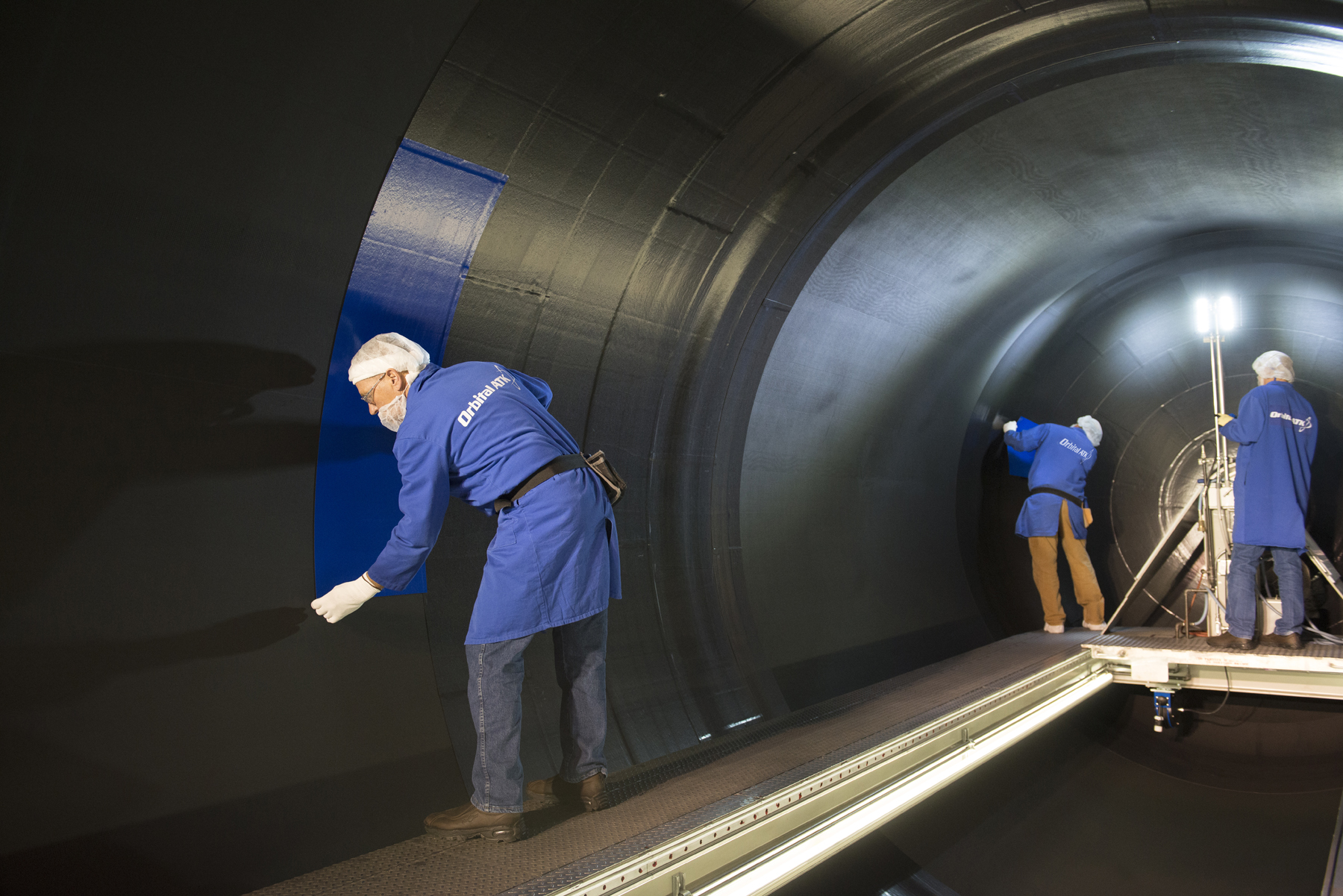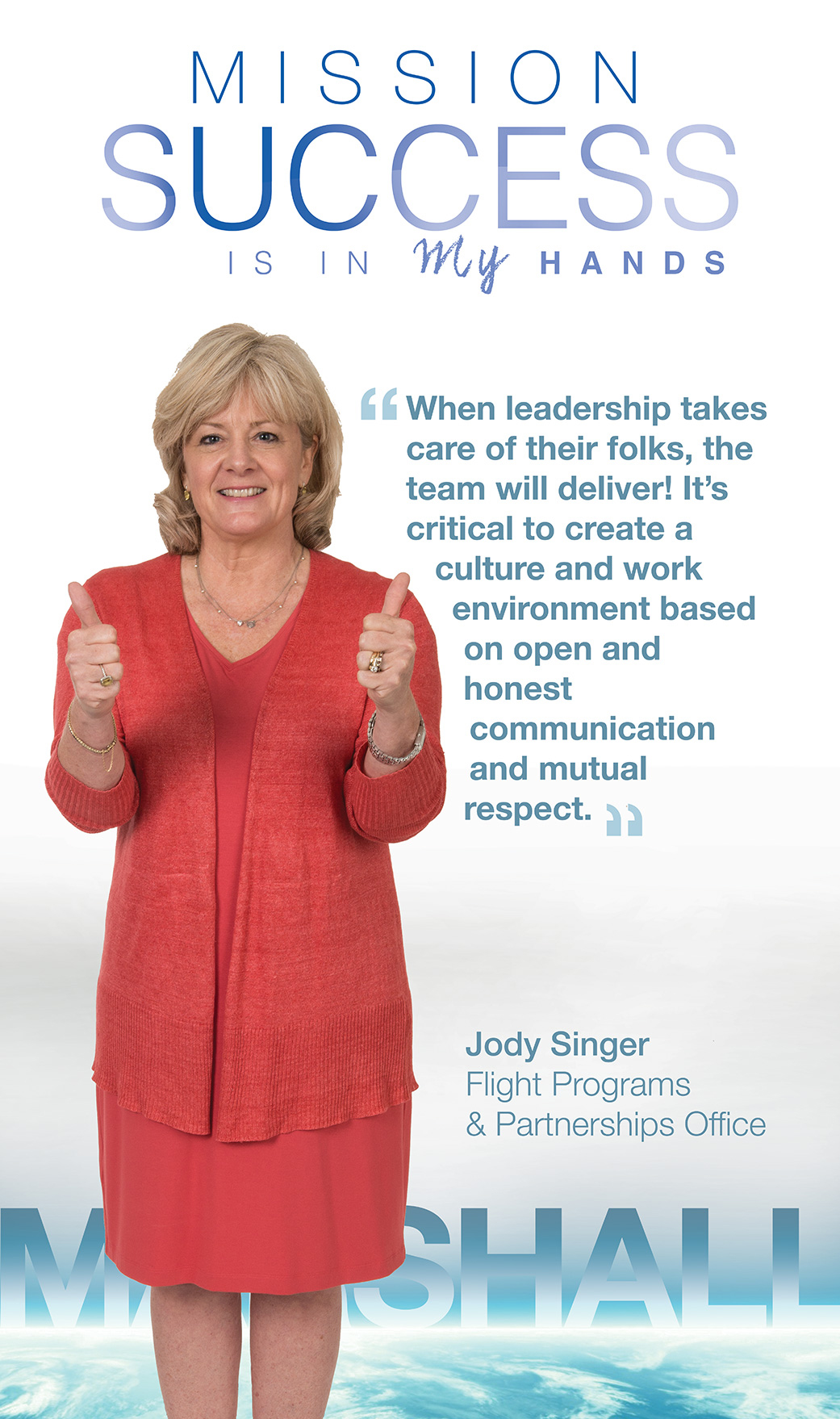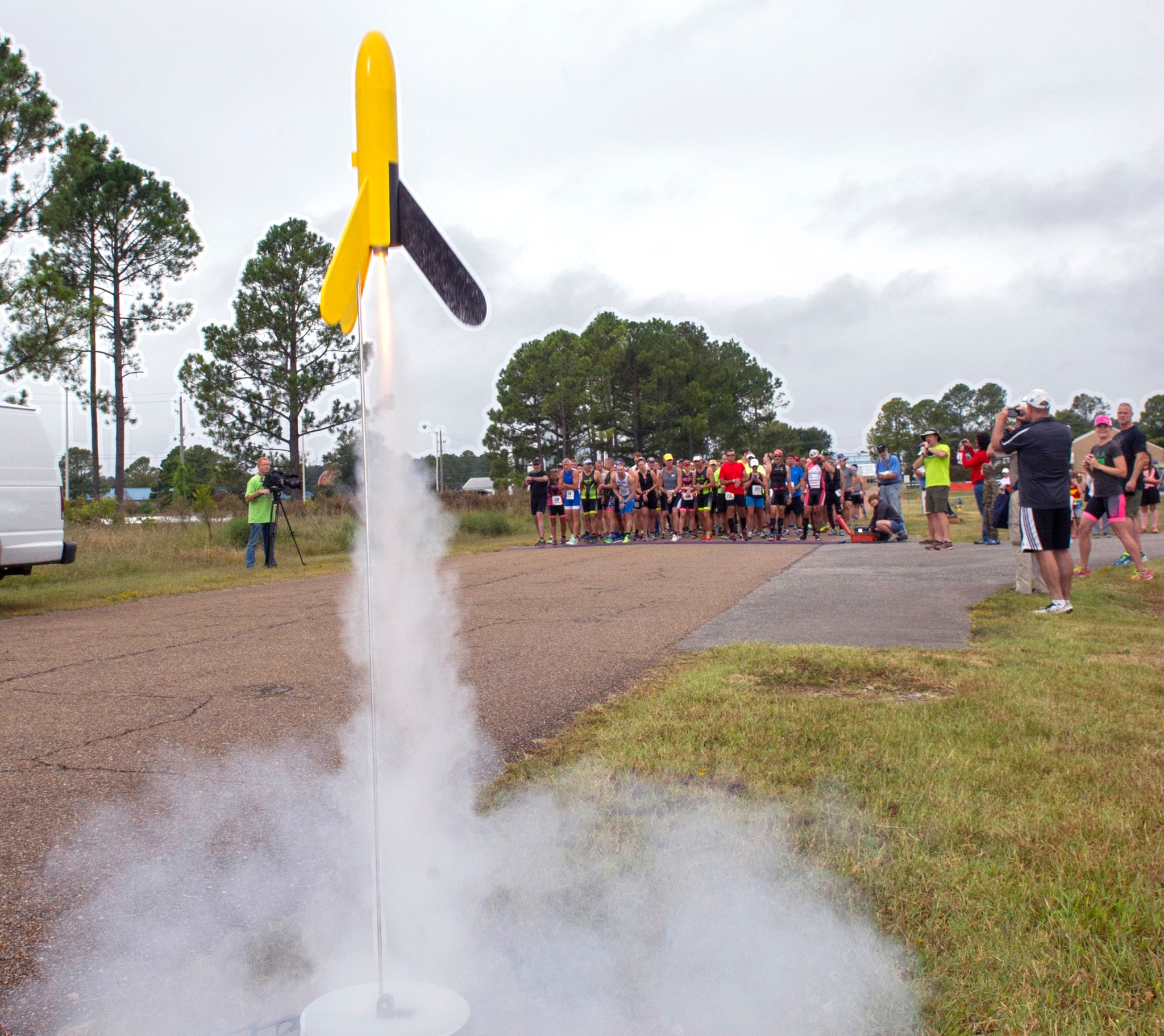In This Week’s Star
- Twice as Nice: NASA, Orbital ATK Prepare for Second SLS Booster Ground Test
- Marshall Broadcasts Lunar Eclipse, Interviews Experts; Hosts TweetChat, Photo Contest
- Mission Success Is in My Hands: Q&A with Jody Singer, Flight Programs & Partnerships Office Manager
- Athletes of All Ages Race in Marshall’s Fourth Annual Racin’ the Station Duathlon
- You Can Change a Life: Marshall Team Members Reflect on 2015 Combined Federal Campaign
- This Week in NASA History: Redstone Test Stand Declared National Historic Landmark — Oct. 3, 1985
- New Color Photos of Pluto, Winning Robotics Team Featured On ‘This Week @NASA’
- Obituaries
Twice as Nice: NASA, Orbital ATK Prepare for Second SLS Booster Ground Test
By Megan Davidson
NASA and Orbital ATK of Promontory, Utah, are getting fired up for a second qualification ground test for the largest, most powerful boosters ever built for the agency’s new rocket, the Space Launch System.
On Sept. 22, engineers successfully tested the booster thrust vector control and avionics systems during an off-motor hot-fire test at ATK. The hot-fire test simulated the test cycle that will be used in the second qualification test, which will closely resemble flight conditions.
The thrust vector control system steers the rocket nozzle based on commands passed through the booster avionics system — made up of hardware, software and operating systems that will communicate with the SLS avionics system and ground operations. The avionics also will control booster operations, like motor firing and separation motor ignition.
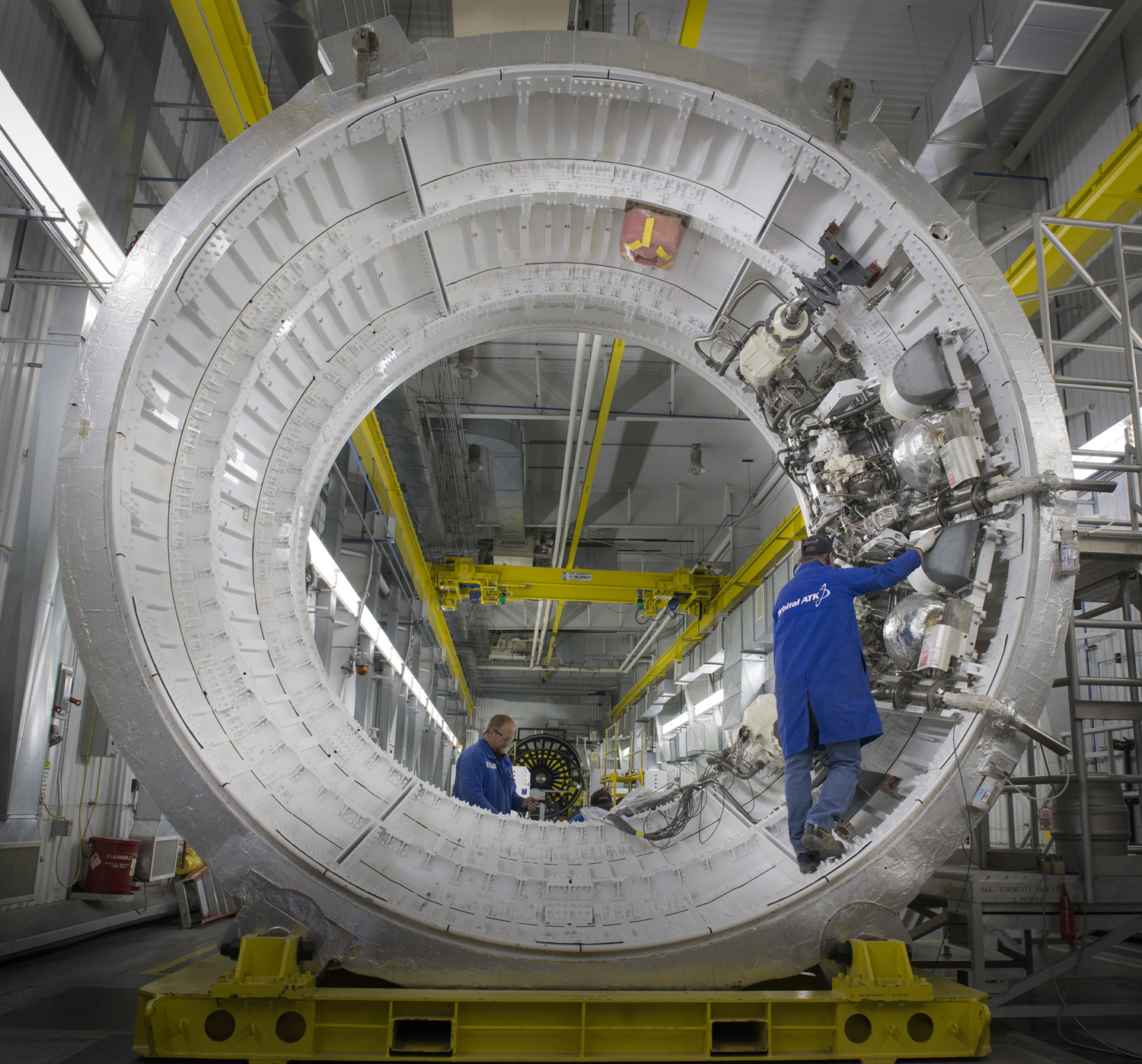
When completed, two five-segment boosters and four RS-25 main engines will power the SLS on deep space missions, including to an asteroid and ultimately to Mars. The solid rocket boosters — measuring 177 feet long and producing 3.6 million pounds of thrust — operate in parallel with the main engines for the first two minutes of flight. The boosters provide more than 75 percent of the thrust needed for the launch vehicle to escape the gravitational pull of Earth.
The second qualification test, planned for spring 2016, will test the booster’s performance at a cold motor conditioning target of 40 degrees and also demonstrate that it meets applicable ballistic requirements.
“We are making significant progress in preparation for the second qualification test,” said Bruce Tiller, deputy manager of the SLS Boosters Office at NASA’s Marshall Space Flight Center, where the SLS Program is managed for the agency. “The completion of these qualification tests is crucial in getting the boosters certified for the first two flights of SLS and staying the course for the journey to Mars.”
Four of the five segments of the booster also have been cast at Orbital ATK’s facilities. The final segment is scheduled to be cast in late September. Two of the cast segments have undergone rigorous inspections, with the other two following suit in the next two months.
“The rear and forward segments have successfully completed all non-destructive evaluation with no defect indications and are currently in final assembly,” said Fred Brasfield, Orbital ATK vice president for NASA programs. “The next major event for the rear segment will be installation of the nozzle, which is expected to happen in November.”
“Finding no defects in the segment insulation we’ve inspected so far is a huge accomplishment for our teams, and something that hasn’t been done on past NASA programs,” added Tiller. “That’s a testament to the work we’ve put in on refining our manufacturing processes and materials.”
The first booster qualification test was successfully completed in March. For that test, the booster was heated to 90 degrees Fahrenheit to demonstrate how it performs in high-temperature conditions. Similar to the first test, some of the objectives of the second test include data gathering on vital motor upgrades, such as the new insulation and booster case liner and the redesigned nozzle, which increases the robustness of the design. The nozzle — the most complex part of the booster — controls expansion of chamber pressures and includes the thrust vector control system, which guides and controls the rocket.
The first flight test of the SLS will feature a Block I configuration for a 70-metric-ton (77-ton) lift capacity and carry an uncrewed Orion spacecraft beyond low-Earth orbit to test the performance of the integrated system. As the SLS evolves, it will provide an unprecedented lift capability of 130 metric tons (143 tons) to enable missions even farther into our solar system.
For more information about SLS, click here.
Davidson, an ASRC Federal/Analytical Services employee, supports the Office of Strategic Analysis & Communications.
Marshall Broadcasts Lunar Eclipse, Interviews Experts; Hosts TweetChat, Photo Contest
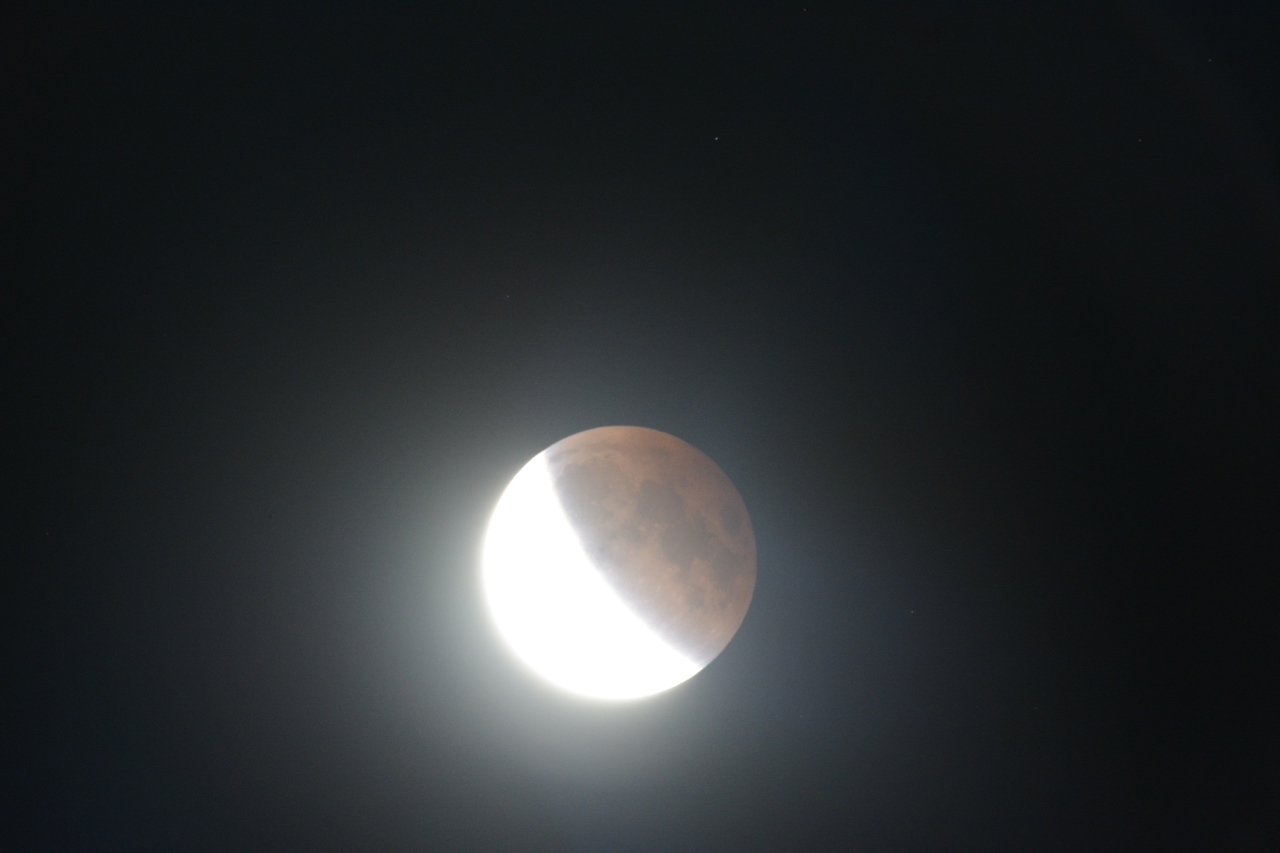
Mission Success Is in My Hands: Q&A with Jody Singer, Flight Programs & Partnerships Office Manager
Jody Singer, manager of the Flight Programs & Partnerships Office at NASA’s Marshall Space Flight Center, recently talked with Marshall Public Affairs Officer Molly Porter about “Mission Success Is in Our Hands,” an initiative underway at Marshall to strengthen team members’ commitment to mission assurance and flight safety.
Years at Marshall: 30 years
What are the key responsibilities of your current job?
As FPPO manager, I’m responsible for the overall management and direction of the office, including an annual budget of $108 million and a combined workforce of more than 500 civil-service employees and contractors. I manage the implementation of Marshall’s work portfolio in the areas of human space exploration transportation and development projects, planetary science and technology programs, and the International Space Station life control systems and payload integration and operations. FPPO also serves as the “front door” for partnership opportunities with other government agencies, international, academia, industrial and commercial partners.
How does your work support the safety and success of NASA and Marshall missions?
FPPO supports numerous critical roles in human and robotic space exploration and technology development. The office supports critical life support systems and multi-purpose research facilities on the space station. We are also involved in developing the critical systems required for living and working in space and for systems for deep-space travel and exploration. In addition, our leadership team works to ensure the safety of our employees.
What does “Mission Success Is In Our Hands” mean to you?
Every employee is responsible for ensuring safety and mission success. We must all do our part. It’s not something we can take for granted.
Do you have a story or personal experience to share that might help others understand the significance of mission assurance or flight safety? What did you learn from it?
Working on human spaceflight programs is very rewarding, yet it is a very hard and humbling assignment. It takes a team effort to ensure safety and mission success. To be successful, the team must have the skills to execute their jobs, strong working relationships and a willingness to listen to each other. Each member of the team has something to contribute and should be listened to.
Time after time as the shuttle team, NASA and our contractor partners, prepared for a mission, the hardware always threw us a curve. Our ability to communicate and work as a team enabled us to fly out the shuttle safely despite all the distractions of closing out a program.
What I learned from the experience? When leadership takes care of their folks, the team will deliver! It’s critical to create a culture and work environment that is based on open and honest communication and mutual respect.
How can we work together better to achieve mission success?
We can continue to cultivate an environment in which each team member has the confidence and courage to speak up if something is wrong or doesn’t make sense. It’s also important that we work together as a community to find affordable ways to minimize risk and still achieve mission success.
Athletes of All Ages Race in Marshall’s Fourth Annual Racin’ the Station Duathlon
You Can Change a Life: Marshall Team Members Reflect on 2015 Combined Federal Campaign
The Combined Federal Campaign kicked off on Sept. 22 at NASA’s Marshall Space Flight Center. This year’s campaign theme is “You Can Change a Life” and the fundraising goal has been set at $650,000. Marshall employees can make a CFC pledge online through Employee Express or by using a paper pledge form provided by CFC keyworkers assigned to each organization. Watch this video to hear how employee contributions to CFC have the power to change lives. (NASA/MSFC)
This Week in NASA History: Redstone Test Stand Declared National Historic Landmark — Oct. 3, 1985
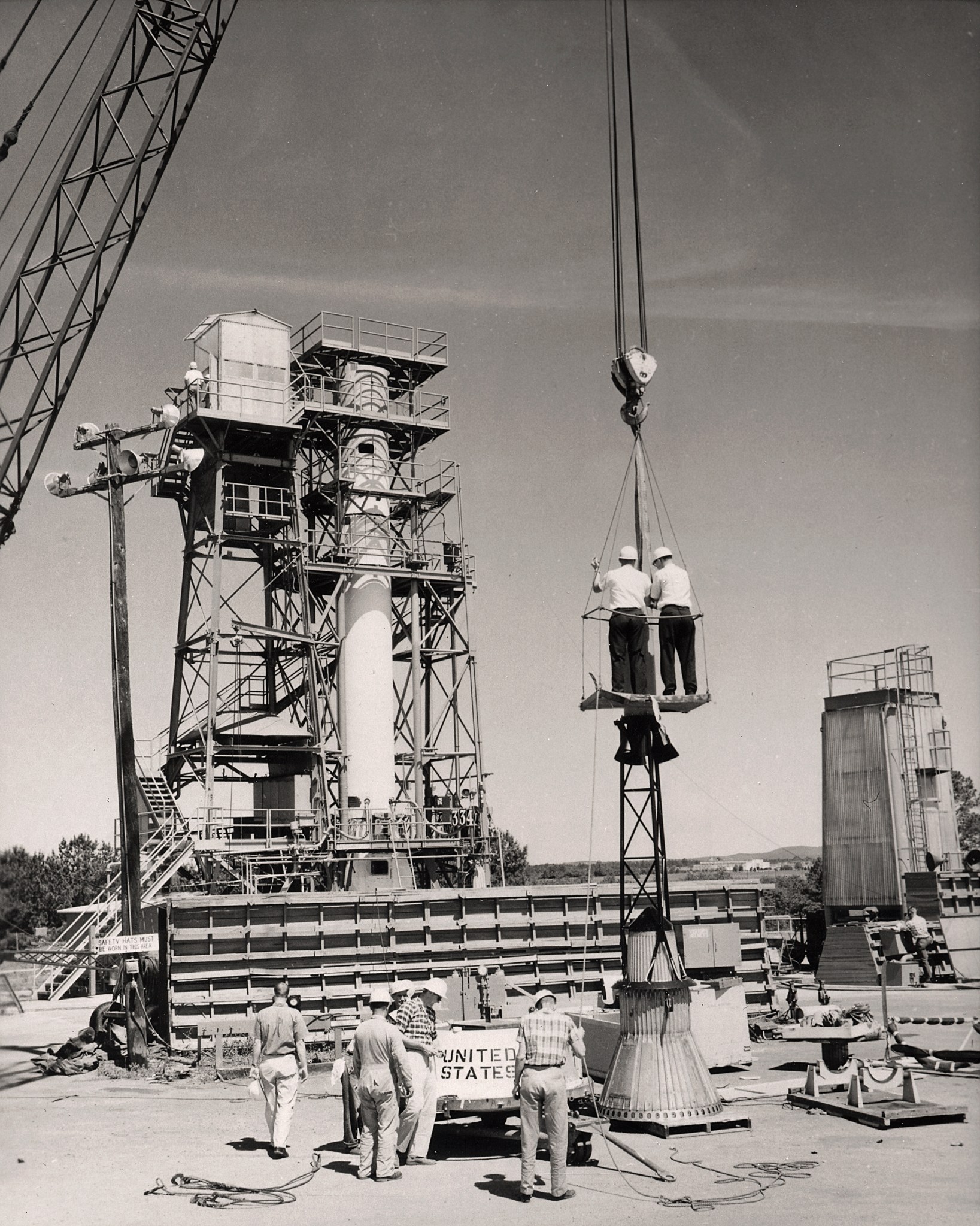
This week in 1985, the Redstone Test Stand at NASA’s Marshall Space Flight Center was declared a National Historic Landmark. Here, a Mercury capsule and escape system are installed on top of a booster prior to test firing of the Mercury-Redstone in 1960. The NASA History Program documents and preserves NASA’s remarkable history through a variety of products — photos, press kits, press releases, mission transcripts and administrators’ speeches. For more pictures like this one and to connect to NASA’s history, visit the History Program’s Web page.
New Color Photos of Pluto, Winning Robotics Team Featured On ‘This Week @NASA’
The latest color photos of dwarf planet Pluto and a Capitol Hill visit for the winners of NASA’s Sample Return Robot Challenge are featured in the latest edition of “This Week @NASA,” a weekly video program broadcast nationwide on NASA-TV and posted online.
The most detailed color views, to date, of Pluto were released, providing a new and extended view and providing more clues about the elemental makeup of the dwarf planet’s surface. The photos were captured as NASA’s New Horizons spacecraft conducted its July 14 flyby. The amount of data released, and still being collected, contains so much imagery and detailed information about Pluto and its moons that it will take about 16 months for all of it to transmit back to Earth. The New Horizons spacecraft is part of NASA’s New Frontiers program and is managed by NASA’s Marshall Space Flight Center.
Also featured are the winners of NASA’s Sample Return Robot Challenge — the West Virginia University Mountaineers robotics team — being recognized by U.S. Sen. Joe Manchin and U.S. Sen. Shelley Moore Capito, both of West Virginia, during a Sept. 21 event on Capitol Hill. NASA Associate Administrator for Space Technology Steve Jurczyk also greeted the team. The robot challenge was part of NASA’s Centennial Challenges, the agency’s prize program for citizen inventors to seek out innovative solutions to current and future problems of interest to NASA and the nation, including autonomous navigation and robotics technologies. Centennial Challenges is part of NASA’s Space Technology Mission Directorate and is managed by Marshall.
View this and previous episodes at “This Week @NASA” or at https://www.youtube.com/user/NASAtelevision.
Obituaries
Frank G. Mitchell, 85, of Ardmore, Alabama, died Sept. 13. He retired from the Marshall Center in 1981 as a general supply specialist. He is survived by his wife, Joyce Wales Mitchell.
Harold F. Nelson, 80, of Madison, Alabama, died Sept. 17. He retired from the Marshall Center in 1992 as a construction representative.
Oleta B. Cobb, 85, of Arab, Alabama, died Sept. 20. She retired from the Marshall Center in 1988 as a secretary.



























